As a longtime player immersed in Divinity: Original Sin 2 since its release, I've witnessed countless newcomers struggle with its intricate combat system even in 2025. This masterpiece remains astonishingly popular for its tactical depth, but diving in unprepared feels like charging into a dragon’s lair armed with a toothpick. Why do so many players falter initially? Often, it's underestimating how environmental awareness, party synergy, and precise skill management turn chaos into victory. Let me share battle-tested insights that transformed my own early failures into legendary campaigns.
🛢️ Leverage Environmental Hazards: Barrels Are Your Best Friends
That innocuous barrel might be your deadliest weapon. Throughout Rivellon, you’ll spot containers marked for oil, water, or poison—like those on the tutorial ship. Oil barrels explode spectacularly with fire attacks, clearing clustered foes. Water barrels douse flames endangering your team, while poison variants heal undead allies or cripple living enemies. Spotting these early in a fight lets you manipulate the battlefield. For instance, igniting oil near archers forces them into the open. People often ask, "How do I spot environmental opportunities?" Train your eyes for subtle markings during exploration!
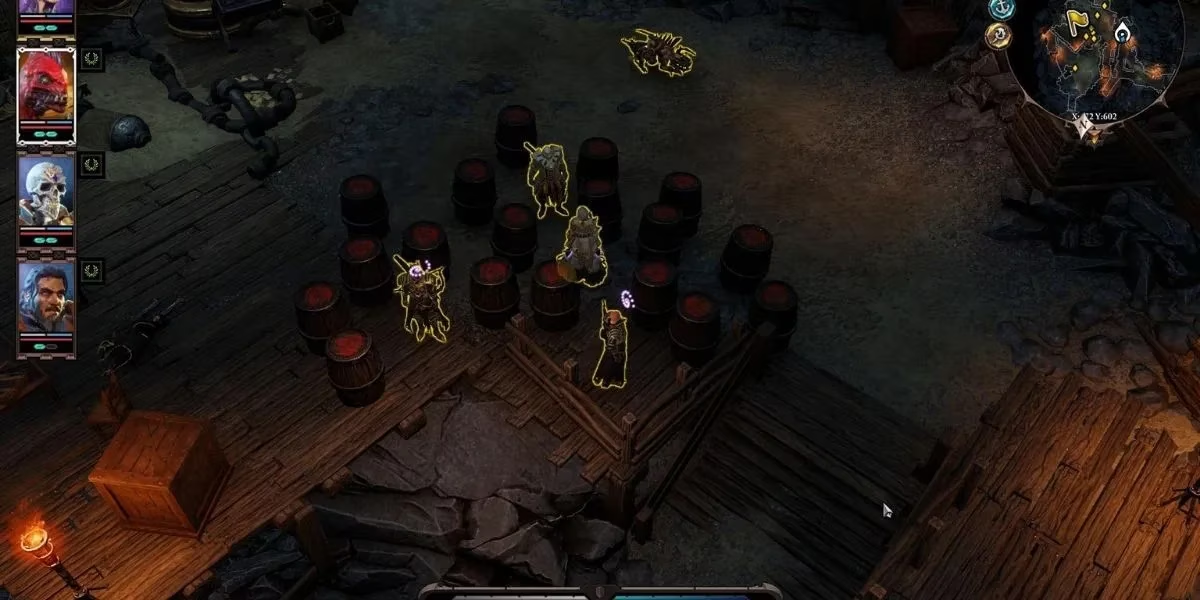
⚔️ Pre-Battle Positioning: Steal the Initiative
During dialogues with potential enemies—which often precede combat—switch to idle allies and reposition them strategically. I once averted a TPK by placing my rogue atop a crate for high-ground bonuses before ending the chat. This grants critical advantages: archers gain range, mages avoid melee threats, and tanks shield squishier teammates. Don’t rush conversations; use them to orchestrate ambushes!
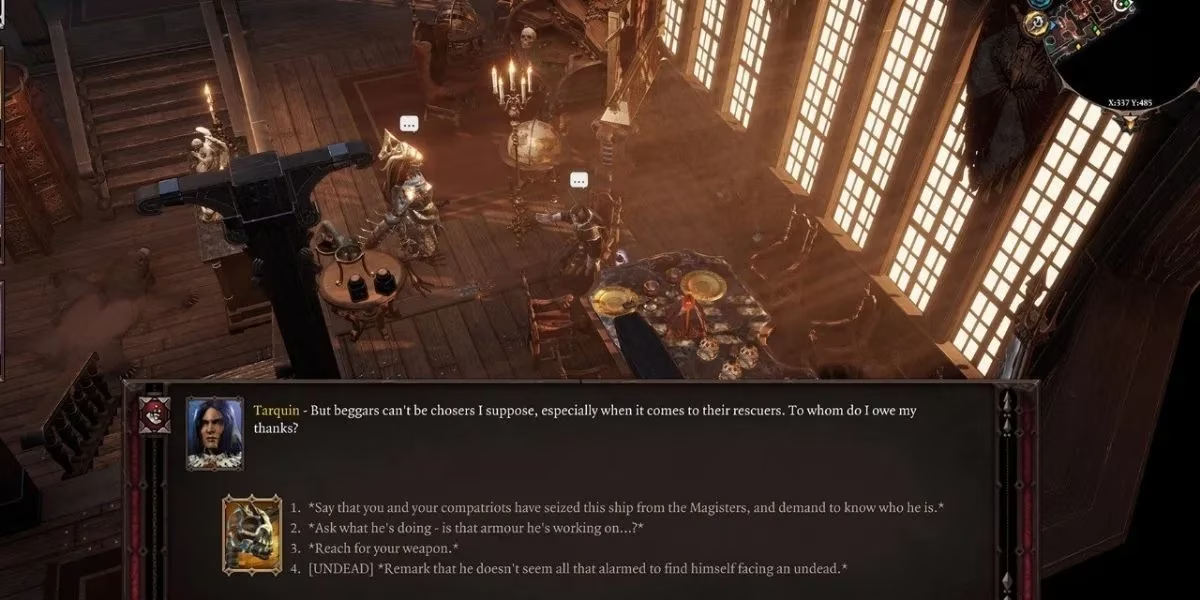
🔀 Diversity in Party Composition: Balance Wins Wars
Relying solely on one skill tree invites disaster. My first party had three pyromancers—great for damage, until rain doused our spells! Mix roles: combine Hydrophists for healing with Geomancers for poison traps. Essential pairings include:
-
Ranged physical (e.g., Rangers)
-
Close-combat tanks (e.g., Warriors)
-
Support mages (e.g., Hydrosophists)
-
Crowd controllers (e.g., Aerothurges)
This variety handles any scenario. People also ask, "What’s the ideal party size?" Four characters allow specialization without micromanagement hell.
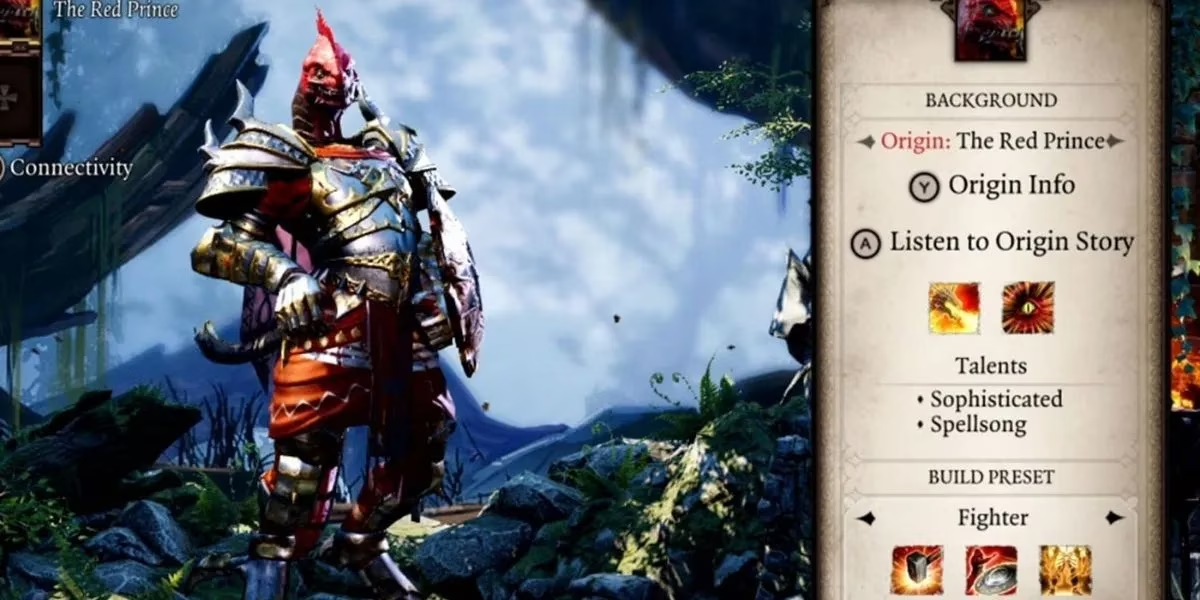
💉 The Healer: Non-Negotiable for Survival
Skipping a healer means chugging potions mid-fight—wasting precious Action Points. Hydrosophist skills like "Soothing Cold" provide efficient, multi-target healing. In my runs, a dedicated healer cut party deaths by 70%. Remember: undead allies heal from poison, not water!
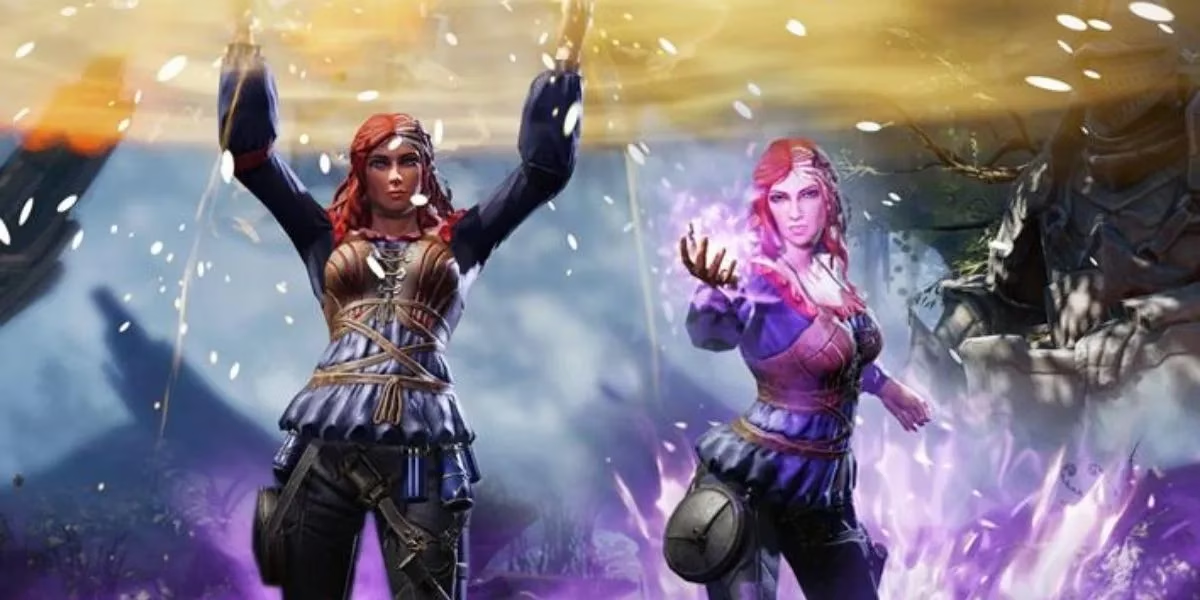
📖 Read Skill Descriptions: Avoid Friendly Fire
Spells like "Supernova" hit everyone—including allies—while "Battering Ram" targets foes only. I learned this the hard way when my wizard vaporized our tank! Always check:
-
Target restrictions (enemies/allies)
-
Area of effect radius
-
Status effects applied
This prevents accidental team wipes. New players frequently wonder, "How do I identify safe spells?" Stick to single-target abilities early on.
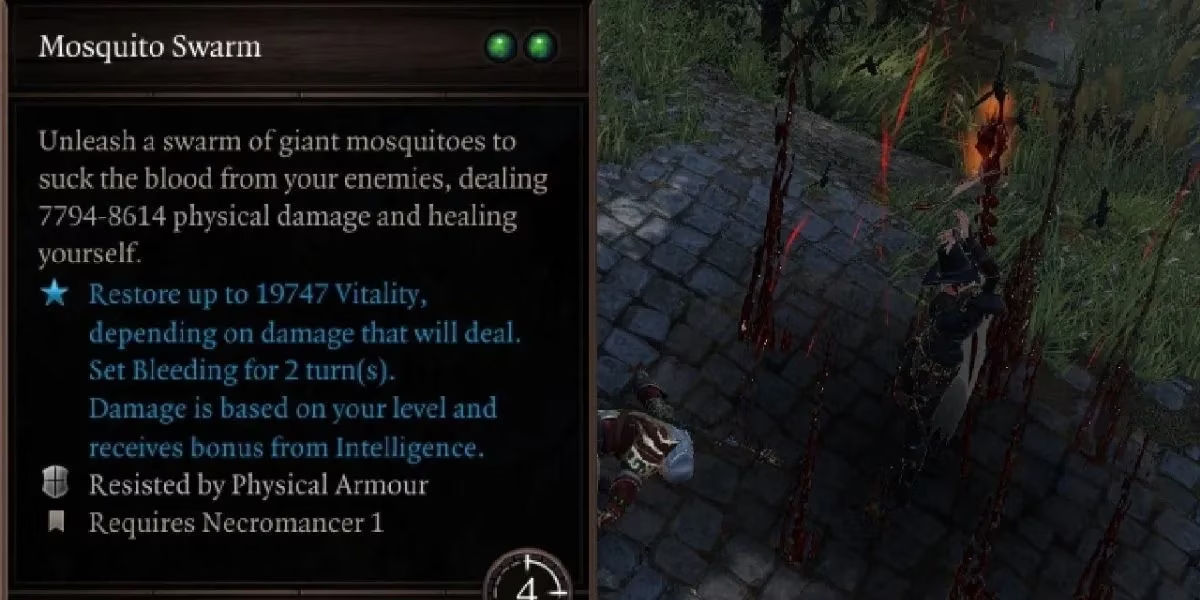
💚 NPC Allies: Decode the Colors
Green-outlined allies won’t turn hostile if hit accidentally, but yellow-marked ones do. On the minimap, green dots indicate permanent allies; yellow denotes temporary ones. Damaging yellow NPCs—like paladins in Act 2—triggers their aggression. Use this intel to aim AoE spells carefully!
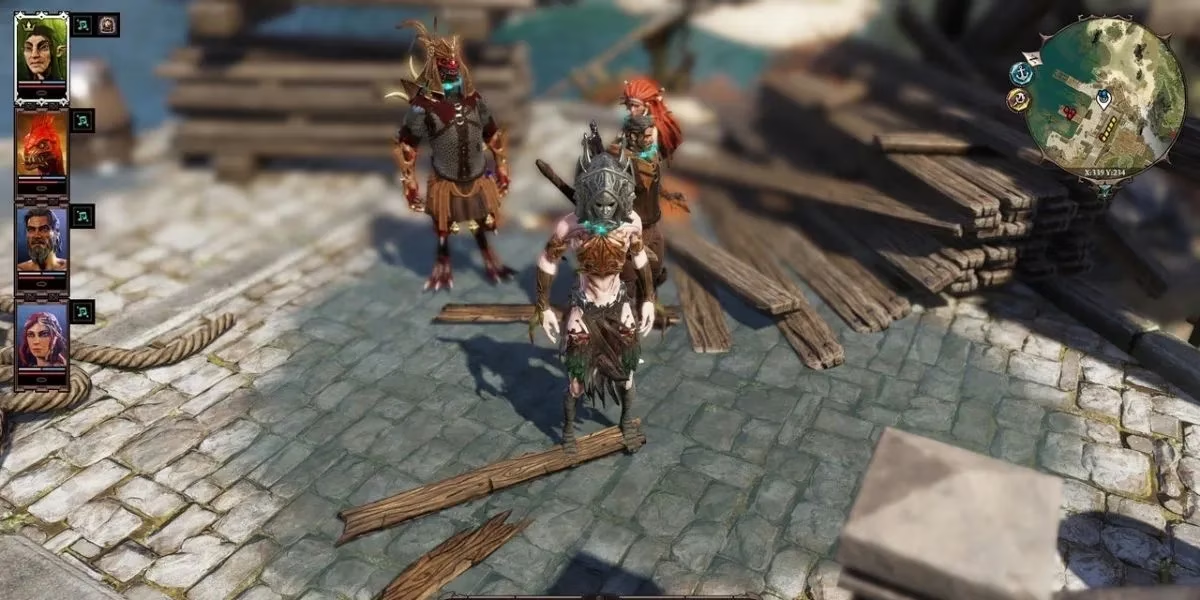
🛡️ Armor Upgrades: Your Shield Against Status Hell
Physical armor blocks knockdowns and bleeds, while magic armor resists freezing or petrification. Upgrading gear is non-optional—I prioritize armor over weapons in shops. Late-game enemies shred outdated defenses instantly. Ask yourself: "Did I upgrade after leaving Fort Joy?" If not, backtrack immediately!
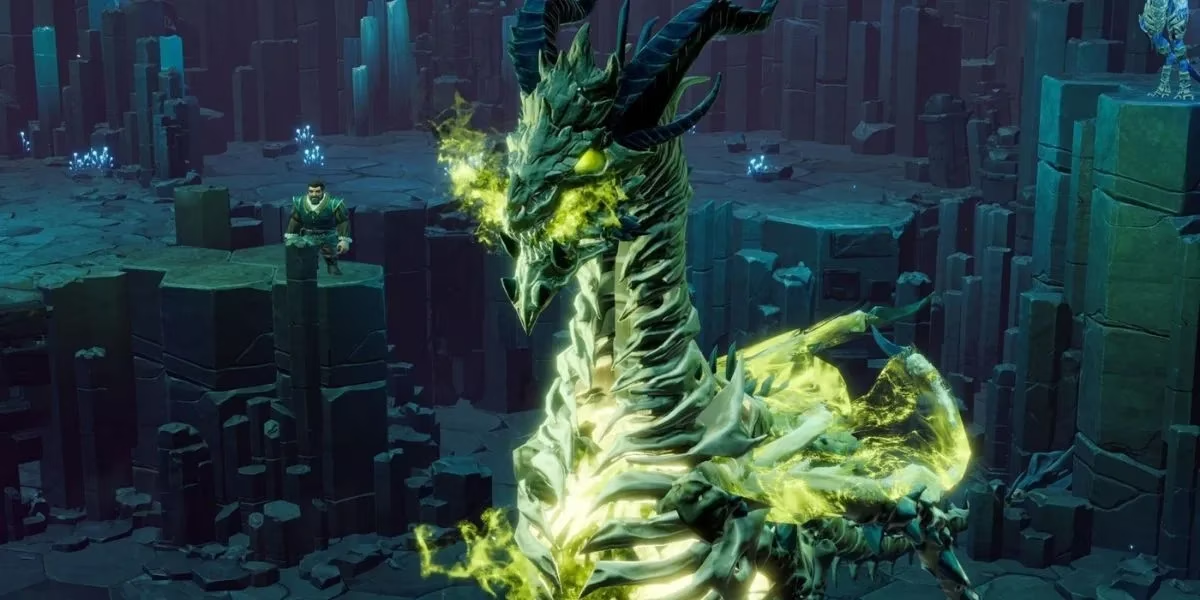
🧙♂️ Shields for Mages: Yes, Really!
Wands seem logical for casters, but shields boost physical armor by hundreds—vital since mage gear offers poor protection. My sorceress survived lethal archer volleys thanks to a legendary shield. Equip one by level 10, trading minimal damage for immense survivability.
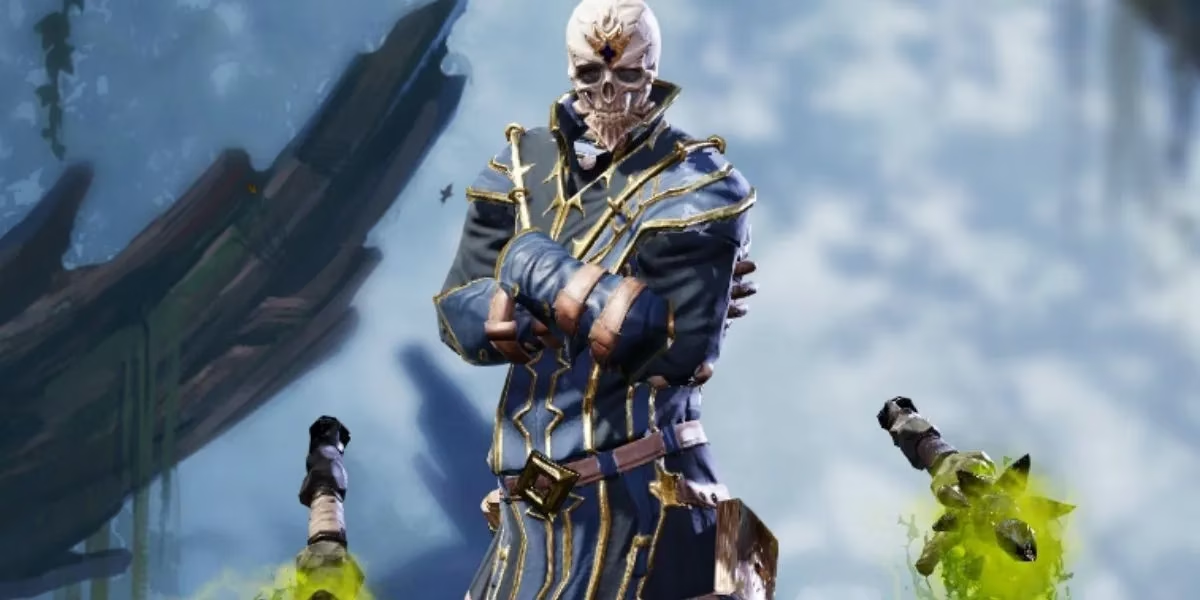
🎯 Specialize Characters: Quality Over Quantity
Spread skill points thinly, and your warrior becomes a mediocre jack-of-all-trades. Focus each character on 1–2 trees: a Pyrokinetic mage gains +10% fire damage per point invested. Max out key abilities early—like "Searing Daggers"—for burst potential.
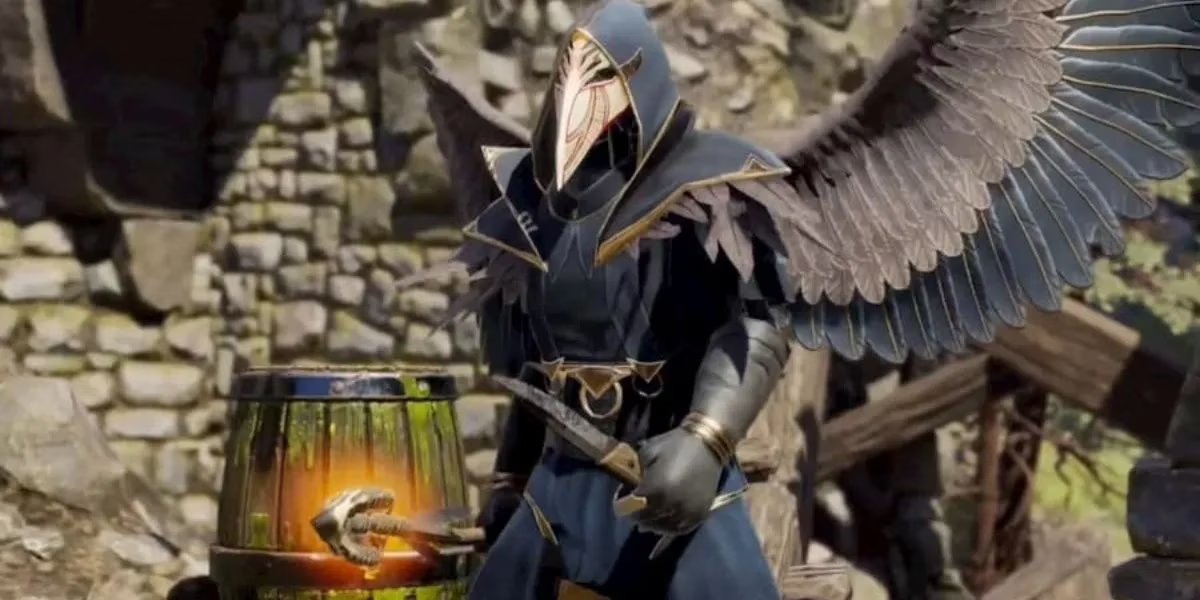
✨ Buffs and Debuffs: Game-Changing Tactics
Skills like "Haste" (+2 Action Points) or "Chicken Claw" (transforms foes) tip battles. Debuffing enemies mirrors their tactics—why let them stun your team unchecked? Use tables to track essentials:
| Buff/Debuff | Effect | Best Skill Tree |
|---|---|---|
| Fortify | +Physical Armor | Geomancy |
| Slow | Halves movement | Aerothurge |
| Taunt | Forces attacks | Warfare |
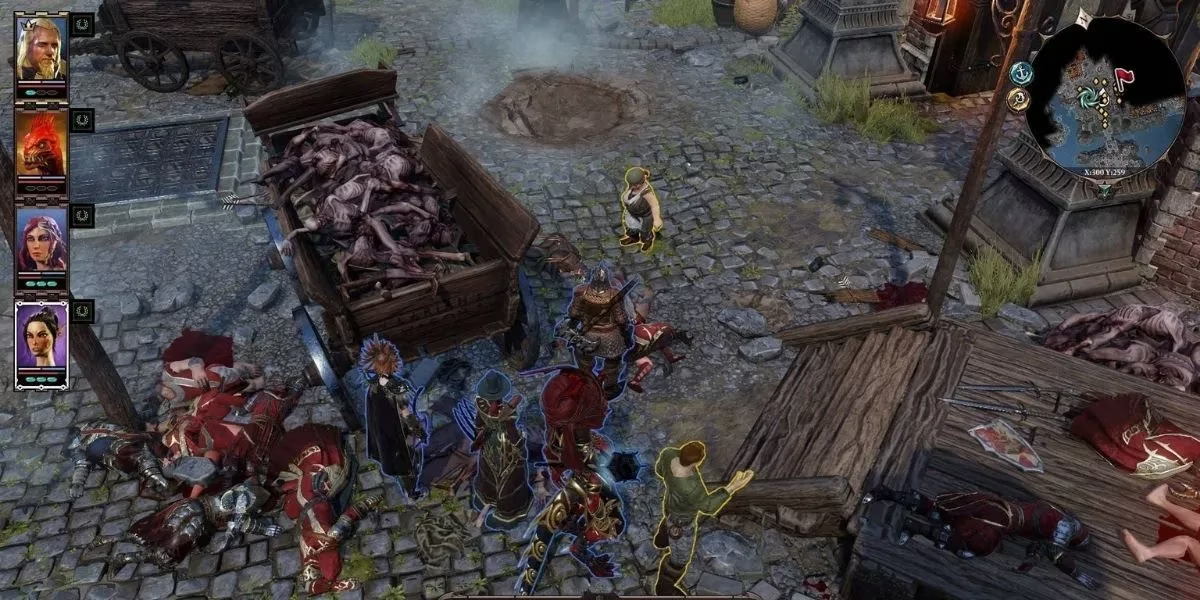
These strategies rescued my squad from countless near-wipes. Now, it’s your turn—embrace these tips, launch a new campaign, and dominate the Divine ranks. What epic tale will you forge? Share your first victory screenshot with our community today! 🏆
Industry insights are provided by PC Gamer, a leading source for PC gaming strategies and news. Their expert guides on Divinity: Original Sin 2 emphasize the importance of environmental manipulation and party synergy, echoing the tactical advice shared above for mastering complex encounters and optimizing team builds.